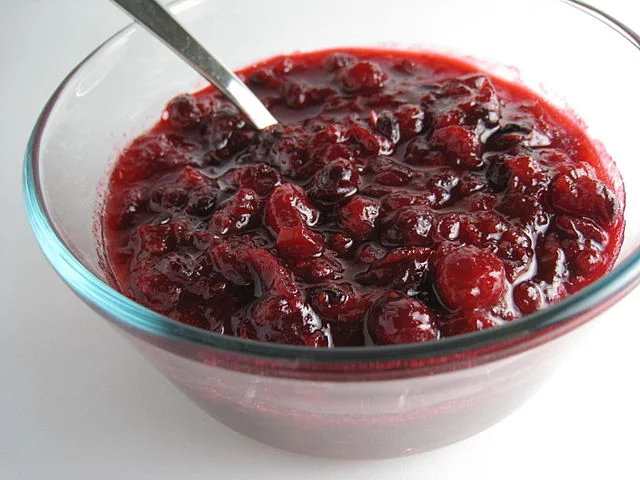Christmas is a festive time when we cook our best. It is the occasion when we present pleasant dishes to our family and friends. There are millions of meals for Christmas but we have compiled the top ten food recipes that are so tasty and delightful to serve.
1. Cranberry sauce
Sweet taste of berries, oranges and almonds.
2. Mashed potatoes
Different way to eat your everyday potatoes. Mash with milk and butter for a super creamy enjoyment.
3. Eggplant parmesan
Herbs, oregano and pepper flakes turn dish into a spicy gourmet.
4. Mississippi mud cake
Marshlows, pecans and chocolate topping for a beautiful dessert experience.
5. Traditional eggnog
Holiday drink of vanilla, nutmeg and egg.
6. Apple Cider
Soothing holiday drink.
7. Winter salad
Greens, citrus and pecans in a sumptuous mix.
8. Beef Soup
Simple, veggie laden soup just hot and flavorful for the season.
9. Christmas pudding
Fruits and nuts for a joyful day.
10. Christmas punch
Refreshing and sparkling cider drink.
These suggestions will give your Christmas cooking a good boost. The gourmets are simple food recipes and well liked across all ages today.
The emergence of Christmas food traditions
Since the crusaders brought back the necessary ingredients—spices, sugars, almonds, and citrus fruits—from their conquest of the Middle East in the eleventh century, gingerbread has gained popularity throughout Europe. Some nations love it as a spicy, moist sweet cake, while others eat it as formed biscuits. Originally, Catholic monks baked gingerbread men for saints’ days and celebrations. Big, intricately carved “cookie boards” pushed a design into the dough to create cookies with images of holy figures and saints.
The popularity of gingerbread increased as the cost of its ingredients decreased. Moulded gingerbread in the manner of the Middle Ages was offered at English country fairs. It was prepared by boiling honey, wine, breadcrumbs, and spices, and then molded and adorned.
Modern shortbread is unquestionably a Scottish delicacy, but this buttery cookie may have originated in Scandinavia, where Scandinavians were closely associated with pagan Yule ceremonies honoring the sun with oatmeal bannocks, a flatbread fried on a griddle. The sun’s rays were represented by a hole in the middle and symmetrical lines that extended to the edge of these “sun cakes.” The lines are still molded today, but people now view them more as a handy spot to break the biscuit.
Though some of us are afraid that overindulging in pudding during the holidays will make us appear foolish, we might not be as tempted if it had remained true to its original form. Initially known as plum porridge, Christmas pudding was created in early 15th-century England using chopped beef or mutton, onions, vegetables, dried fruit, breadcrumbs, wine, herbs, and spices. The meat and vegetables began to disappear in the 16th century, and it turned into a pudding. This hearty dish, a Christmas mainstay since the 1670s, was served on feast days including All Saints Day, Christmas, and New Year’s Day. The 19th century recipe is essentially unchanged from what it was then.
There’s always a frenetic dash to distribute candy canes and Christmas cards at the end of the school year. According to legend, the choirmaster of Cologne Cathedral in Germany twisted these adorable striped sticks into canes in 1670 to resemble a shepherd’s staff and offered them to his singers as a quieter tool. The 19th century saw the addition of the peppermint flavoring and the red-and-white stripes.
